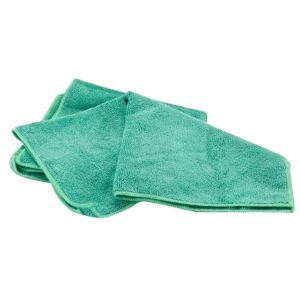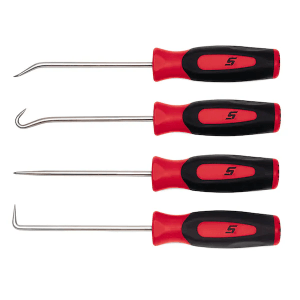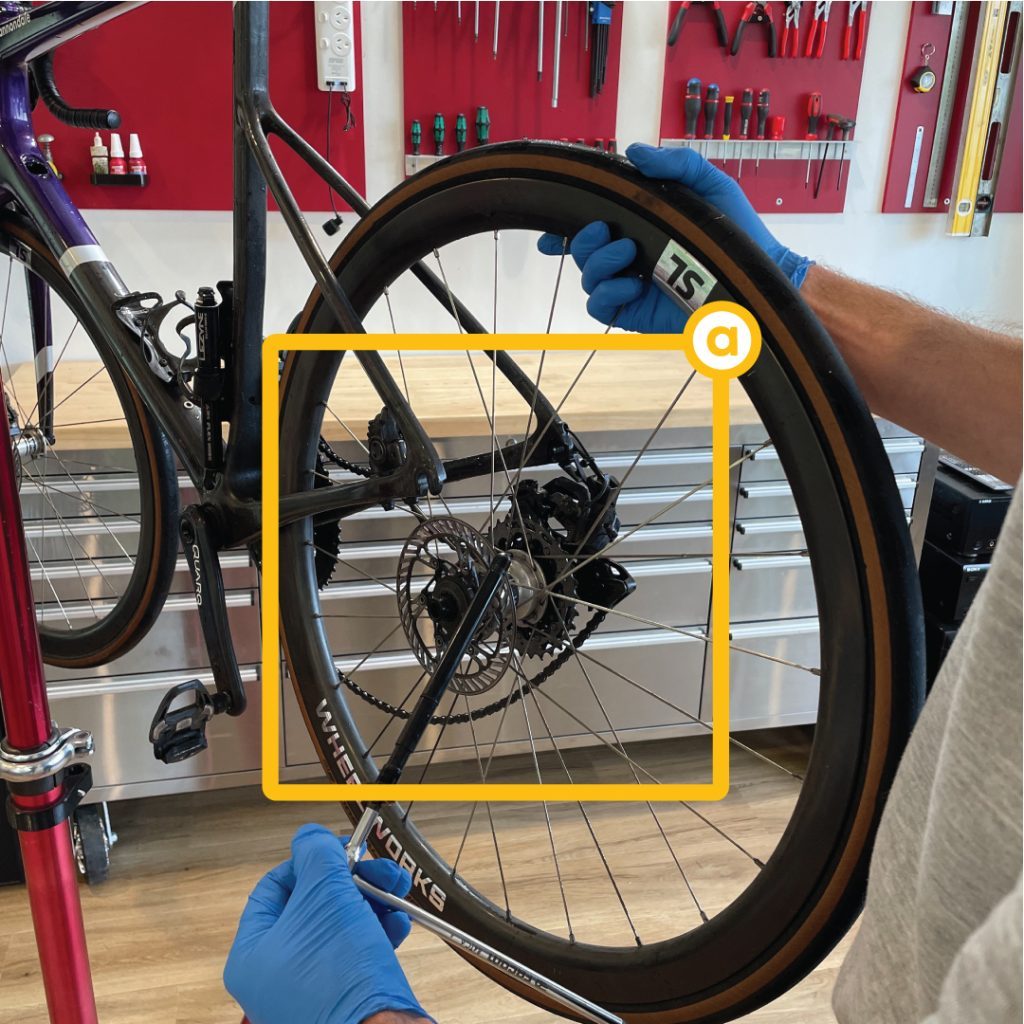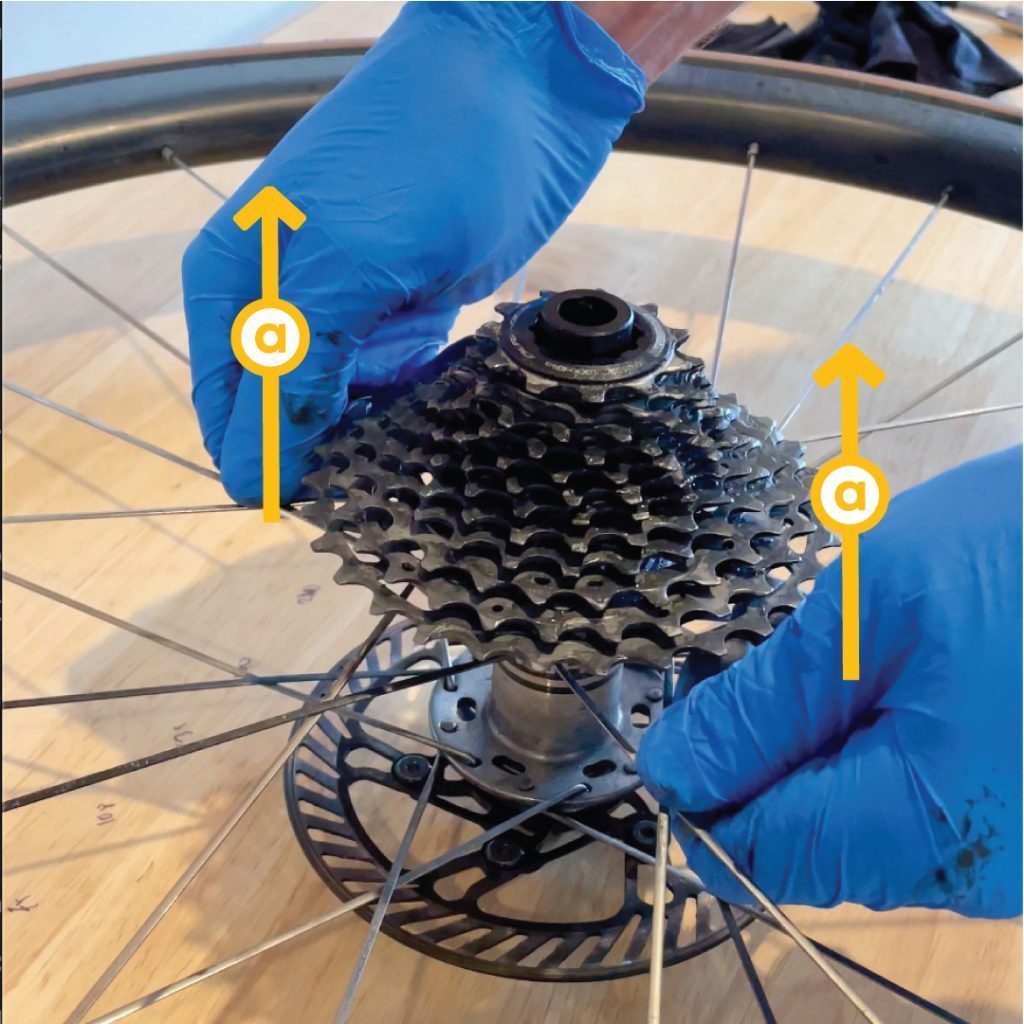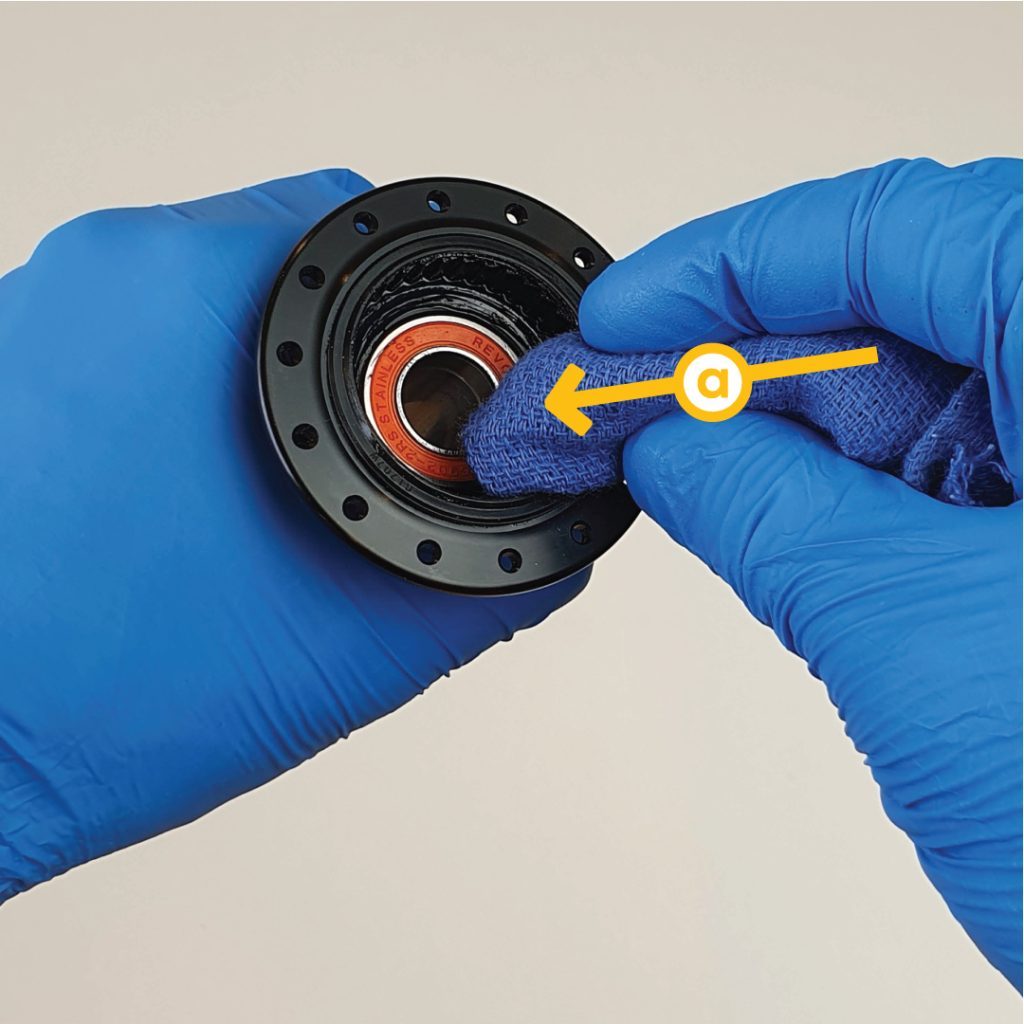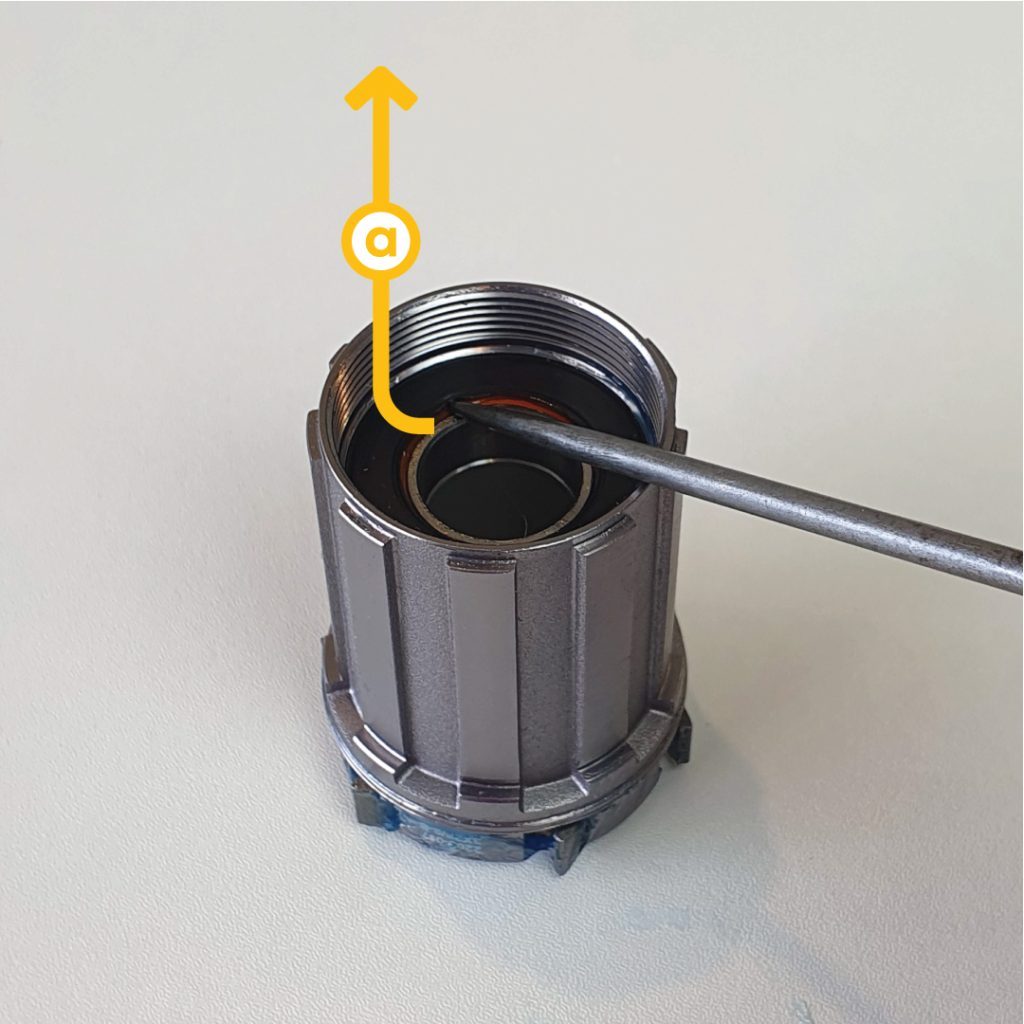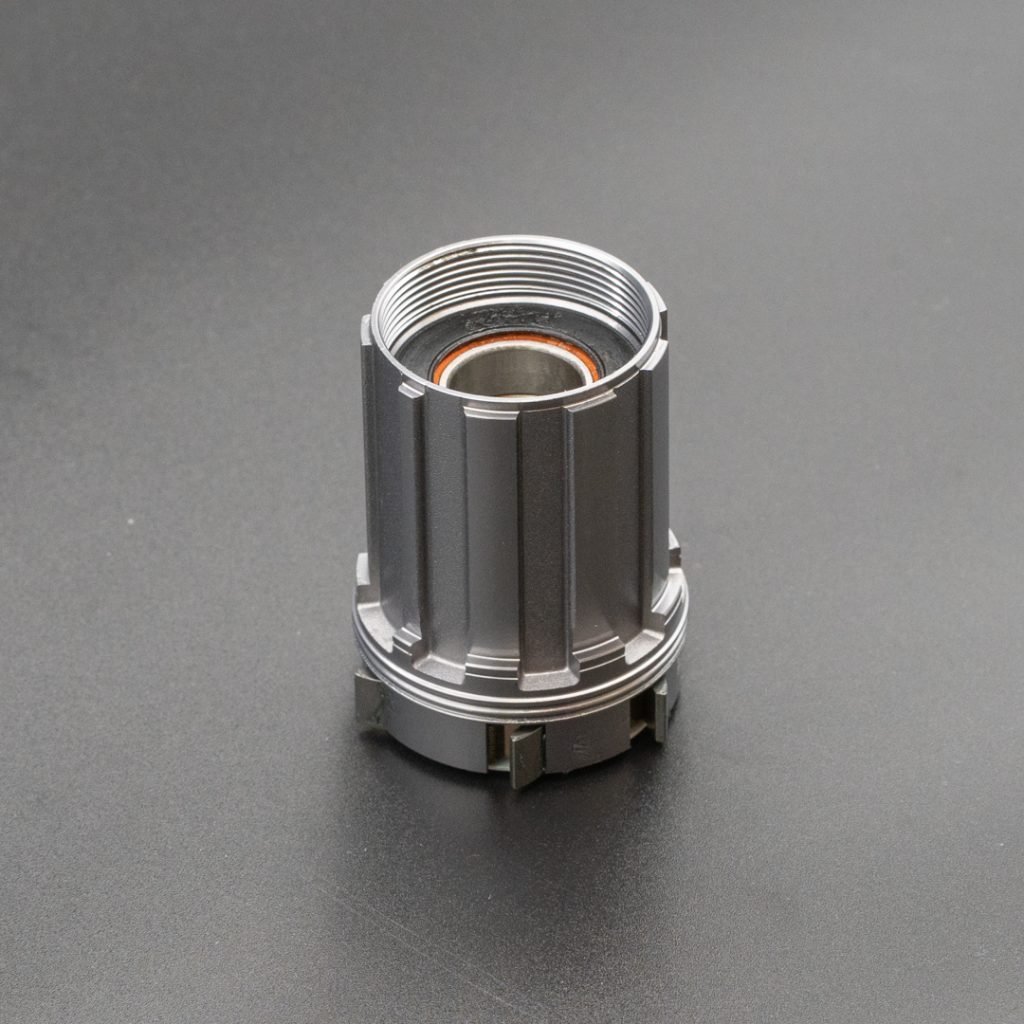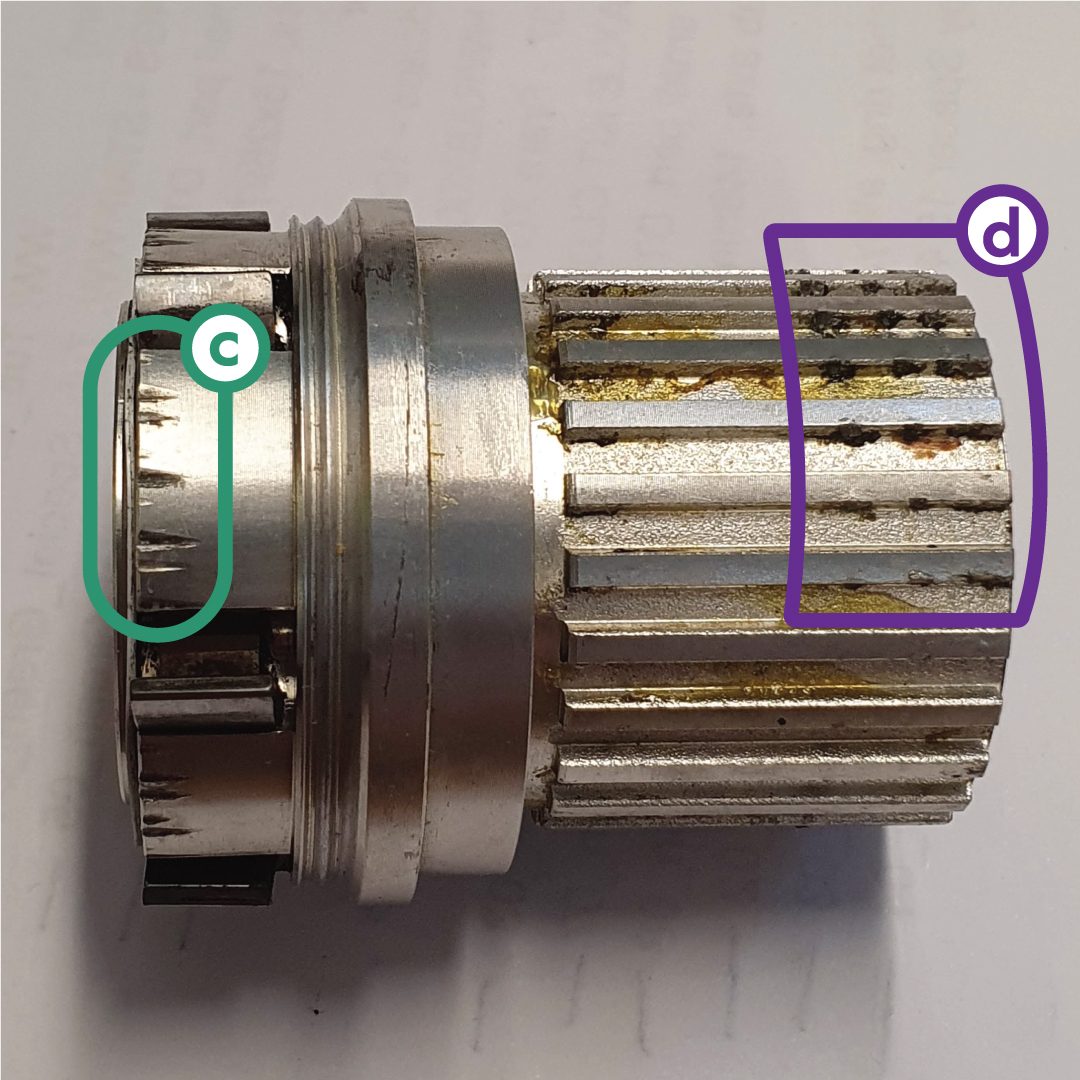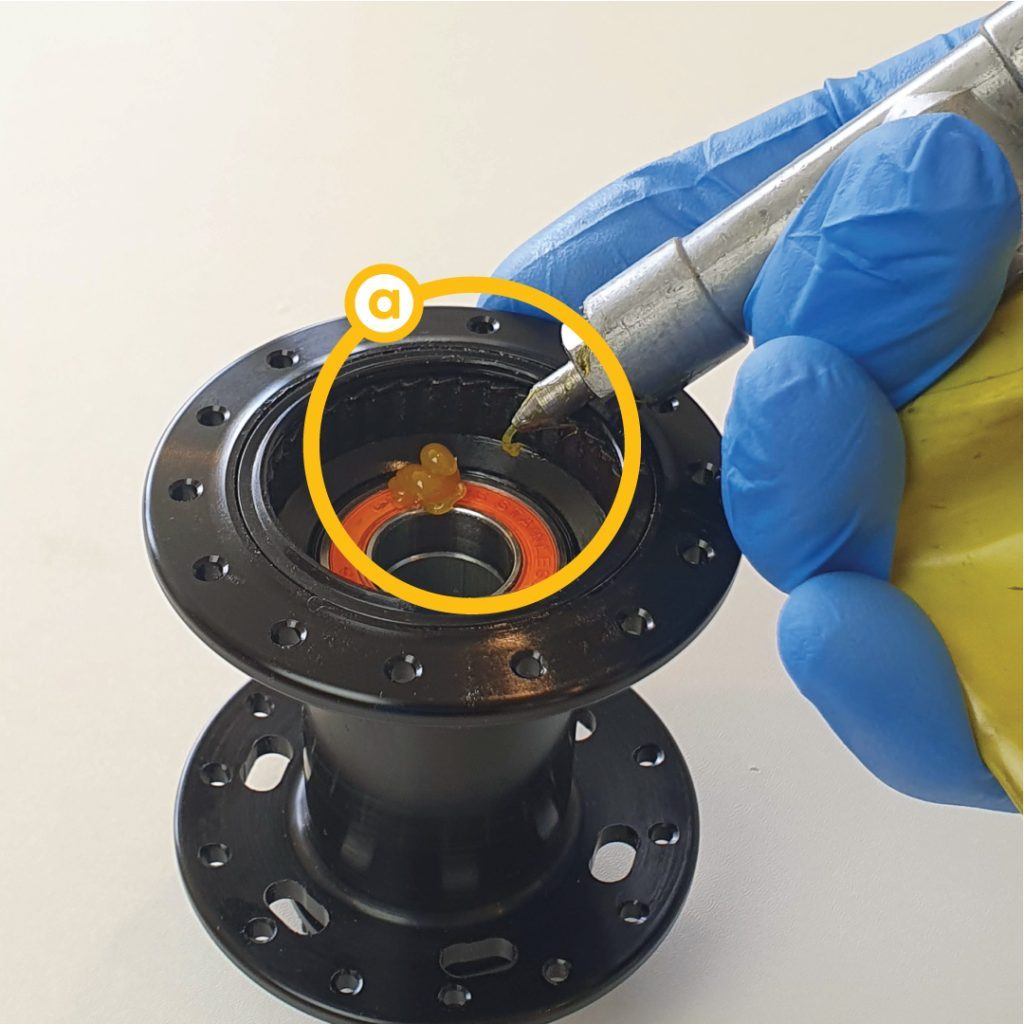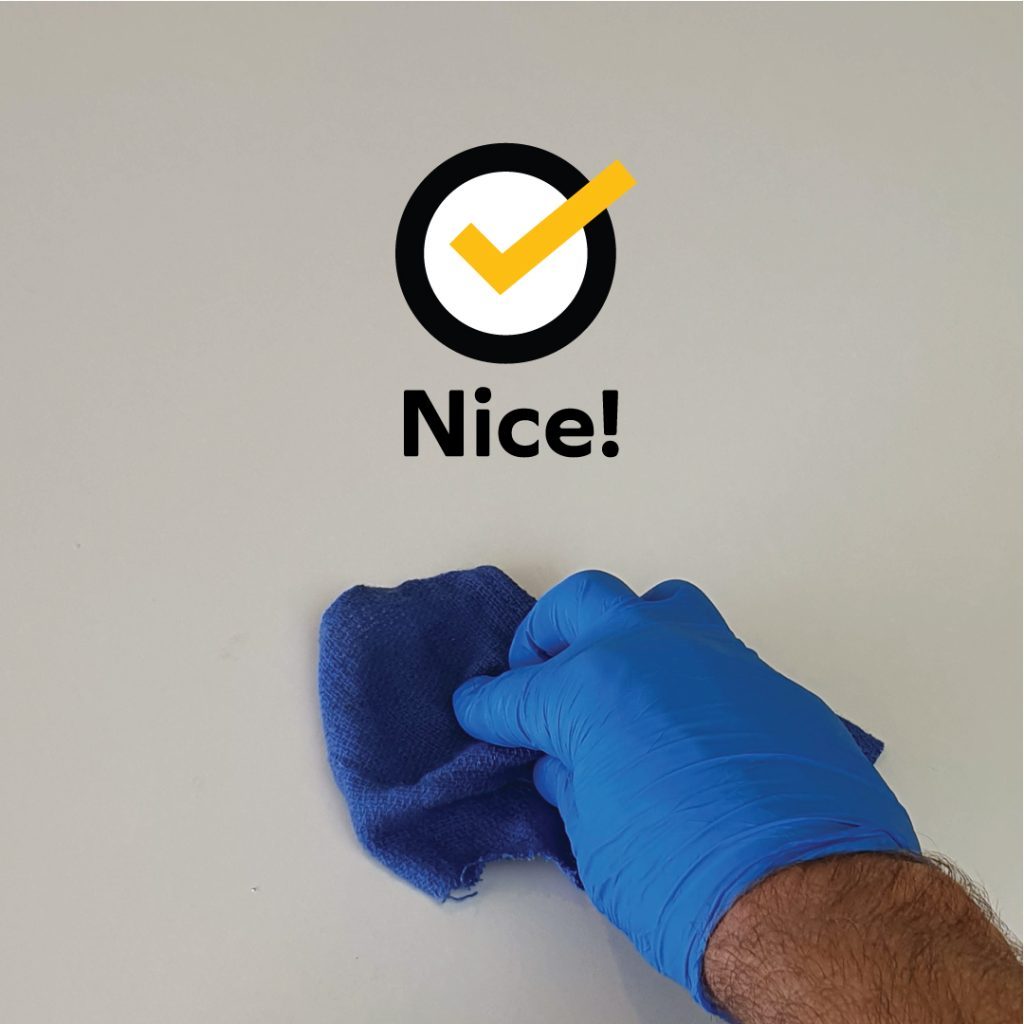Service Guide:
Rear Hub - Quick Service
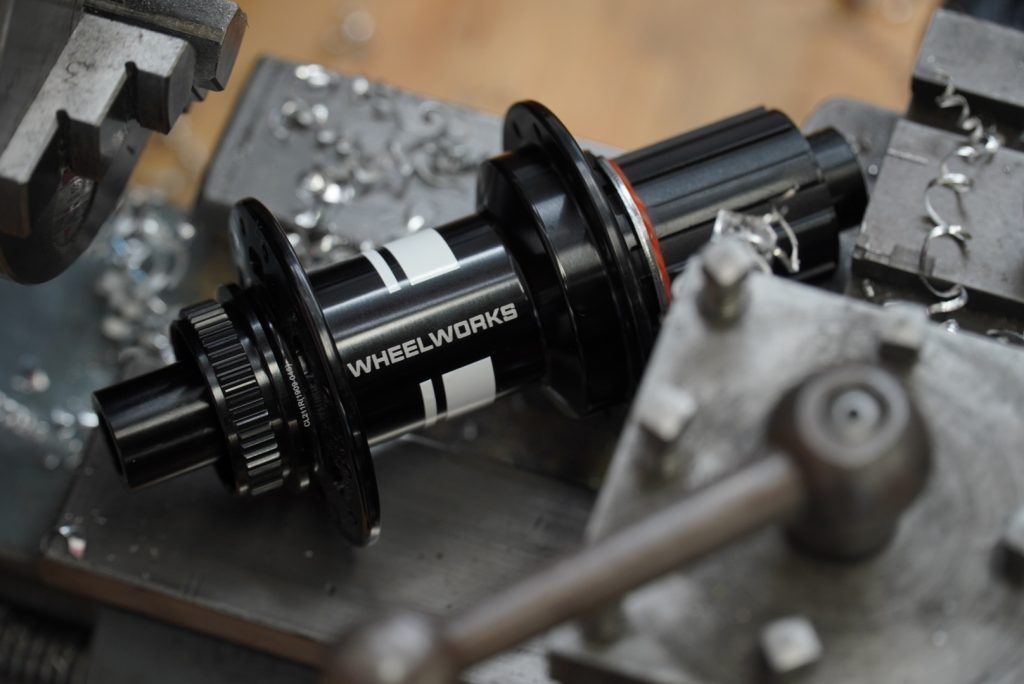

Overview:
This guide will take you through the service of a Dial rear hub. We’ll remove the freehub body, clean everything, inspect for damage, re-grease, re-assemble and test.
Written by: Tristan Thomas
Last updated: 11 Jan 2023

Time: 10-20 minutes

Difficulty: Easy

Frequency:
This service is considered regular maintenance.
If you're using your Dial hub on a road bike in dry conditions you'll need to do this less frequently than on a mountain bike ridden in the rain.

Step Two: Removing the Freehub Body

Use your fingers to gently pull the freehub body from the hub shell. There is no need to remove the cassette for this service, however to make the photos for this service guide clearer to follow we have removed it.

Note: Both endcaps are friction-fit onto the axle. Sometimes the driveside endcap will pull off first, sometimes the non-drive, meaning sometimes the axle will come out with the freehub body and other times it will stay in the hub.

Note: Be careful not to lose the freehub clearance spacer and loose endcap.

Step Five: Removing the Freehub Body Seal

Caution: The outer freehub body is a rubber seal with a copper internal support. Be very careful handling and cleaning the seal as it can be easily bent and damaged.

Remove the freehub body seal by carefully getting under it with a pick. It should pop off without any damage.

Inspect the seal and look for any signs of bending or damage.

Inspect the inside of the seal for signs of wear: The rubber will be rough rather than smooth. This seal lasts well and there is generally no need to replace it.

Step Six: Cleaning the Freehub Body

Use a clean rag to wipe the freehub body pawls. Rotate the freehub body counter-clockwise inside the rag to remove the bulk of the grime. This is generally all that is needed for general service. If you’re hearing a creaking sound while pedalling we recommend removing and cleaning the individual pawls (see next step).

Step Seven (optional): Removing the Freehub Body Seal

Step Eight: Inspecting the Freehub Body



Inspect the bearing circumference for flat-spots or cracks. These are caused by the pawls being driven into the freehub body when the axle flexes from a hard landing. If there are any signs of flat-spot around the bearing we suggest replacing the freehub body. Damage between the pawls is also caused by the freehub body hitting the ratchet ring under hard impacts. This damage is nothing to worry about.

If you have removed the cassette, inspect the freehub body splines. Small ridges will form on the splines, especially on Shimano HG and Microspline freehub bodies. These are nothing to worry about.

Note: Freehub bodies are made from an aluminium which is intentionally softer than the hub shell so that any damage is contained on the easy-to-replace freehub body rather than damaging the hub shell.

Step Nine: Inspecting the Weather Shield

Caution: Be very careful handling and cleaning the weather shield! It can be easily bent and damaged.

Inspect the weather shield and look for any signs of bending or damage.

Inspect the inside sealing surface of the shield for signs of wear: The rubber should be smooth rather than rough, serrated, or cracked.

Note: The weather shield keeps your freehub body grease free of grit and contaminants as the freehub body rotates. It is a rubber seal with a copper internal support. There is no need to remove the weather shield from the hub at this stage.

Step Ten (optional): Replacing the Weather Shield

Caution: The weather shield is very fragile and highly likely to be damaged when removed. Only remove it if you are planning to replace it.

Use a pick or small screwdriver to carefully pry the weather shield off.

Press the new weather shield into place with your fingers. Do not use any tools as you risk damaging the hub and weather shield.

Step Eleven: Inspecting the Freehub Clearance Spacer

Step Twelve: (Center Lock Hubs) Removing and Inspecting the Non-Driveside Seal

Caution: Like the weather shield the non-driveside seal is a rubber seal with a copper internal support. Be very careful handling and cleaning the seal as it can be easily bent and damaged.

Remove the non driveside (NDS) seal by carefully prying under it with a pick. It should pop off without any damage.

Inspect the seal and look for any signs of bending or damage.

Inspect the inside of the seal for signs of wear: The rubber will be rough rather than smooth. This seal lasts well and there is generally no need to replace it.

Step Fifteen: Cleaning and Inspecting the Axle

Remove the other endcap from the axle by pulling apart with your hands.

Wipe the axle with a clean rag.


Inspect for any cracks or damage. Worn bearings will leave witness marks on the axle. A slightly polished section of axle is acceptable but if there is a small groove on the axle from contact with the freehub clearance spacer then the axle should be replaced.

Note: We produce Dial axles in both 4140 steel and 7075 aluminium. Aluminium axles are lighter in colour and labelled A01 or A02. Steel axles are either shiny silver labelled A-80 or A82 or black oxide labelled A78. The second number is the axle length (NOT the width of the hub).
For example A02-131 is an aluminium axle which is 131mm in length.
Aluminium axles are more likely to suffer from cracking or show witness marks. Please replace the axle if there are any signs of this damage.

Step Sixteen: Greasing the Freehub Body

Step Eighteen: Installing the Freehub Body into the Hub Shell

Press the freehub body into the hub shell while rotating the freehub body counter clockwise. The 10mm protruding end of axle will slip inside the bearing and help get everything lined up.

Step Twenty: Testing the Hub
Well done! Your Dial hub should now be serviced and ready to go.
Check your work by:

Rotating the axle inside the hub. It should rotate smoothly.

Rotating the freehub body. It should rotate smoothly and make a nice crisp click sound.
